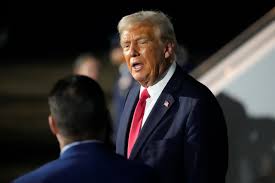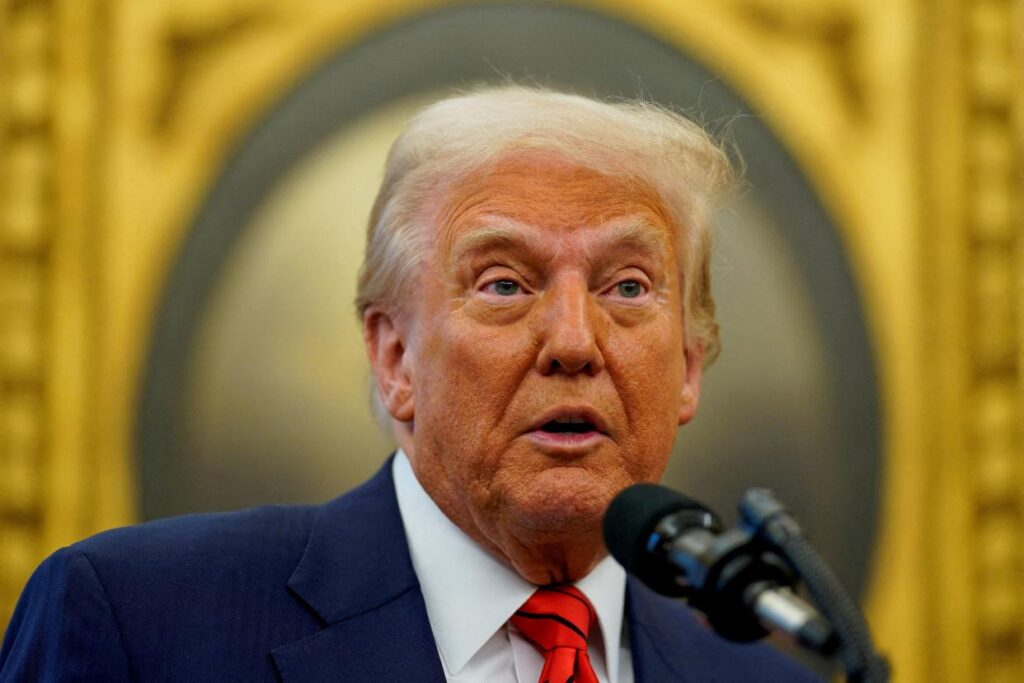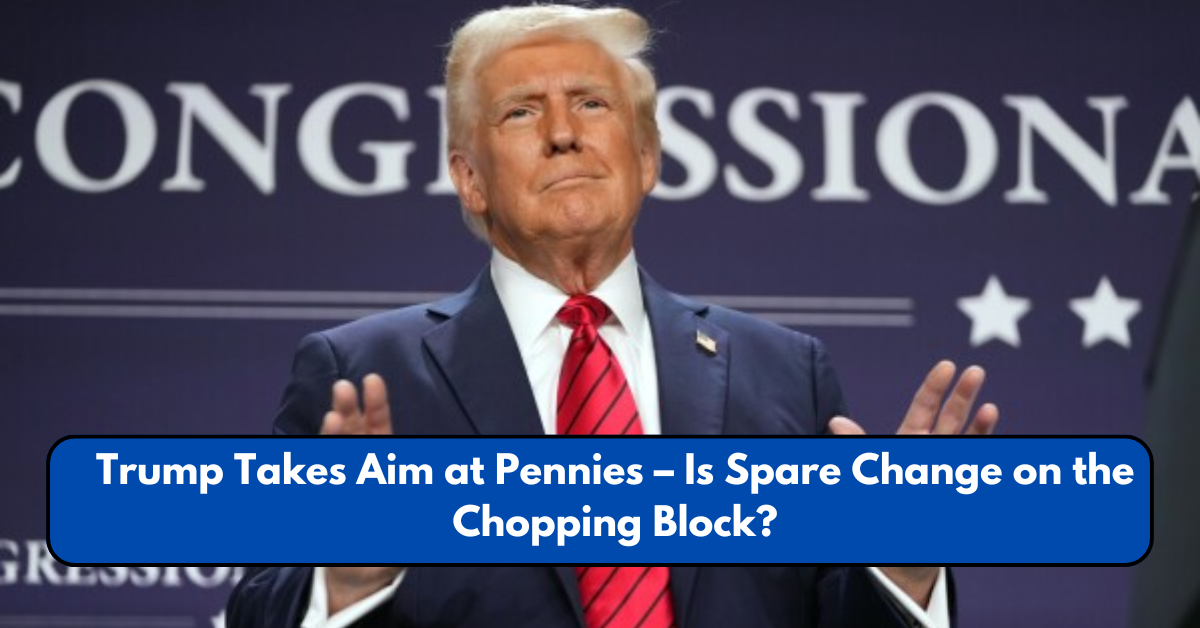In a bold move to cut government spending, former President Donald Trump announced on February 9, 2025, that he has directed the U.S. Department of the Treasury to halt the production of pennies. Citing the high costs associated with minting the one-cent coin, Trump called the practice “wasteful” and pledged to eliminate it as part of a broader federal cost-cutting initiative.
Why Is Trump Targeting the Penny?
The primary reason behind the decision is simple: the cost of producing a penny far exceeds its face value. According to the U.S. Mint, each penny costs approximately 2.72 cents to manufacture due to rising metal prices and production expenses. In 2023 alone, the U.S. Mint produced over 4.5 billion pennies, amounting to a total taxpayer cost of more than $179 million (U.S. Mint).
Trump has framed the penny’s elimination as a commonsense measure to reduce unnecessary government spending. “This is so wasteful! We are literally throwing millions of dollars away every year for something nobody even wants,” he wrote on Truth Social.
The Case for Eliminating the Penny

The debate over the necessity of the penny is nothing new. Economists and financial experts have long argued that the coin has outlived its usefulness, as inflation has significantly diminished its purchasing power.
Many point to Canada as an example. In 2012, the Canadian government eliminated its one-cent coin, citing similar cost inefficiencies. Instead of exact change, cash transactions were rounded to the nearest five cents, a move that reportedly saved the country millions of dollars annually (Bank of Canada).
Supporters of the penny’s removal argue that:
- The U.S. could save hundreds of millions of dollars by discontinuing the coin.
- Cash transactions would become more efficient, as fewer small coins would need to be counted.
- The environmental impact of mining and producing pennies, largely made of zinc, would be reduced.
Who Opposes the Change?
Despite the apparent cost savings, opposition to the move has emerged from various sectors. Many small businesses fear that rounding transactions could lead to higher costs for consumers. Some consumer advocacy groups worry that businesses might round prices up instead of rounding fairly.
Additionally, the zinc industry, which supplies the primary metal used in penny production, has expressed concerns over job losses. The coin is made up of 97.5% zinc and 2.5% copper, and industries tied to zinc production could see financial setbacks if the penny is phased out.
Can Trump Unilaterally End the Penny?
While Trump has directed the Treasury to cease production, the power to eliminate currency rests largely with Congress. Under the Coinage Act of 1965, changes to the U.S. currency system, including coin denominations, require congressional approval (U.S. Government Publishing Office).
Previous legislative efforts to phase out the penny have stalled in Congress due to political resistance and lobbying efforts from the metal industry. Whether Trump’s directive will result in tangible policy change remains uncertain.
What Would a Penny-Free U.S. Look Like?

If the penny were to be discontinued, cash transactions would likely be rounded to the nearest five cents, as in Canada. Digital transactions, however, would remain unaffected, meaning exact pricing would still apply for credit and debit card purchases.
Additionally, existing pennies would remain in circulation for years, gradually becoming obsolete as they fall out of use. The U.S. Mint would likely redirect resources toward producing higher-value coins such as nickels, dimes, and quarters.
The Future of U.S. Currency
The move to discontinue the penny is part of a broader effort by the Trump administration to modernize U.S. currency and eliminate unnecessary costs. Elon Musk, appointed as head of the Department of Government Efficiency, has been leading these efforts and has identified the penny as an unnecessary expense.
If successful, the initiative could open the door to further currency reforms, including reevaluating the production costs of other coins and possibly phasing out the nickel, which also costs more than its face value to produce.
Final Thoughts
While Trump’s decision to stop penny production has ignited debate, the outcome depends on Congress and public opinion. If history is any indication, eliminating a longstanding currency denomination will not be a simple task. But if the administration can push the initiative forward, it could mark the end of an era for loose change in the United States.
For now, Americans may want to hold onto their pennies—if only for nostalgia’s sake.
This article has been carefully fact-checked by our editorial team to ensure accuracy and eliminate any misleading information. We are committed to maintaining the highest standards of integrity in our content.

Premlata is a seasoned finance writer with a keen eye for unraveling complex global financial systems. From government benefits to energy rebates and recruitment trends, she empowers readers with actionable insights and clarity. When she’s not crafting impactful articles, you can find her sharing her expertise on LinkedIn or connecting via email at [email protected].




